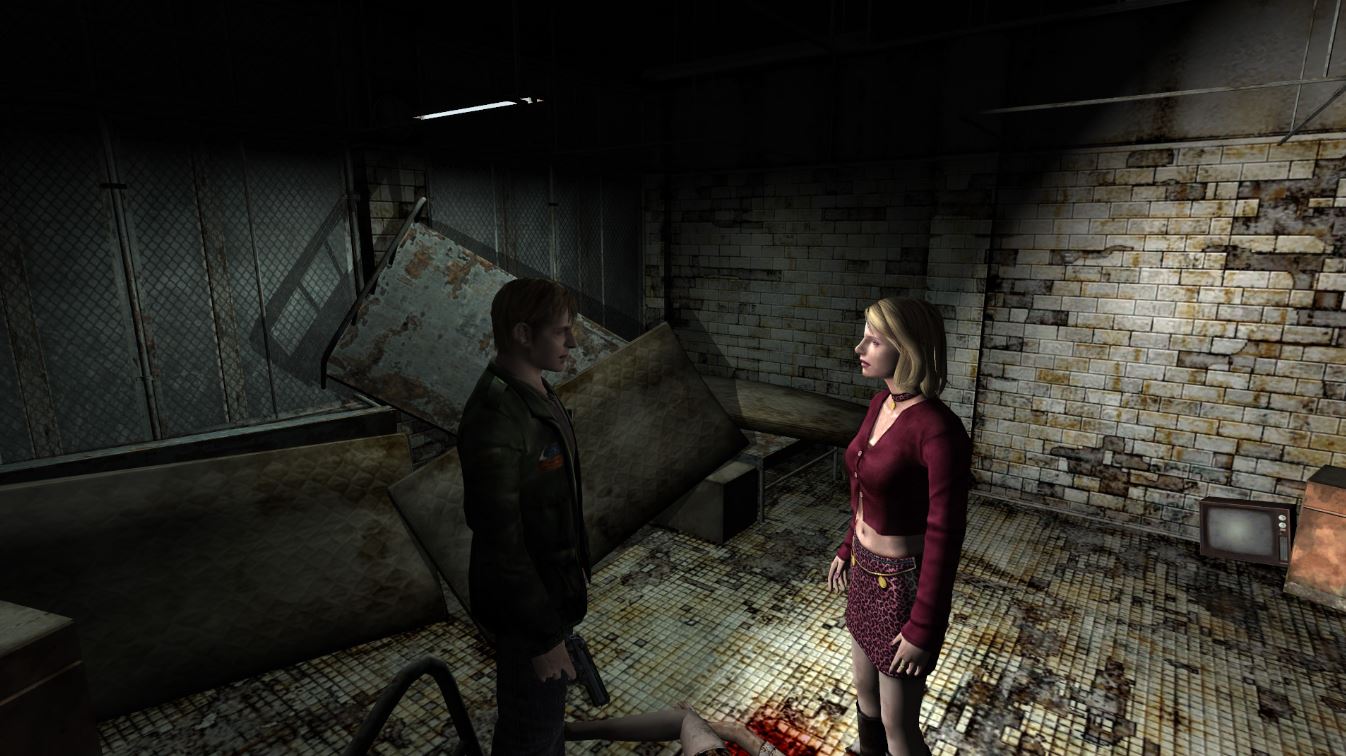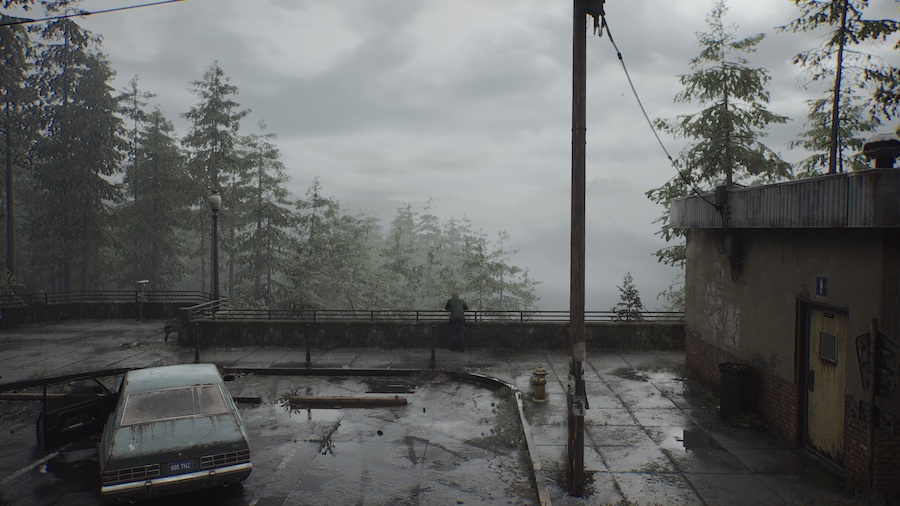Masashi Tsuboyama, the director of the original Silent Hill 2 from 2001, recently took to his personal X account to share insights on how the game’s fixed camera angles were designed. This was likely in response to recent comparisons to Bloober Team’s brand-new Silent Hill 2 remake.
While the original game used curated angles – limiting what the player could see and hiding things off-screen, Silent Hill 2’s remake opts for an over-the-shoulder camera that can be controlled by the player. This has prompted a lot of discussion – some argue that the switch in camera design makes the remake lose a vital element of the original, while others see it as a welcome modernization that puts a new perspective on things and overcomes the limitations of past technology.

In his thread on X, Tsuboyama adds some nuance to the conversation, commenting that while the original Silent Hill 2 camera was not just the result of compromise, it was designed while navigating various technical limitations. “There were a number of challenges, including rendering limitations, switching behavior, and camera motion sickness,” he notes.
Tsuboyama goes on to explain that the fixed camera approach in the original Silent Hill 2 allowed him to pick the right type of camera angle for each moment, without interrupting the player’s actions. This tight direction also helped the team reduce development costs, as defining what they intended to show the player meant that they didn’t need to make the rest.
That said, Tsuboyama was ultimately not satisfied with how the original camera came out, as he mentioned in a post from earlier this month. “Depth and angle were limited by the processing load. It was a continuous process of hard work that was not rewarded,” he commented. In this sense, he admired the added realism that Bloober Team’s camera design brought Silent Hill 2.

Silent Hill 2 is available for the PS5 and PC (Steam).





